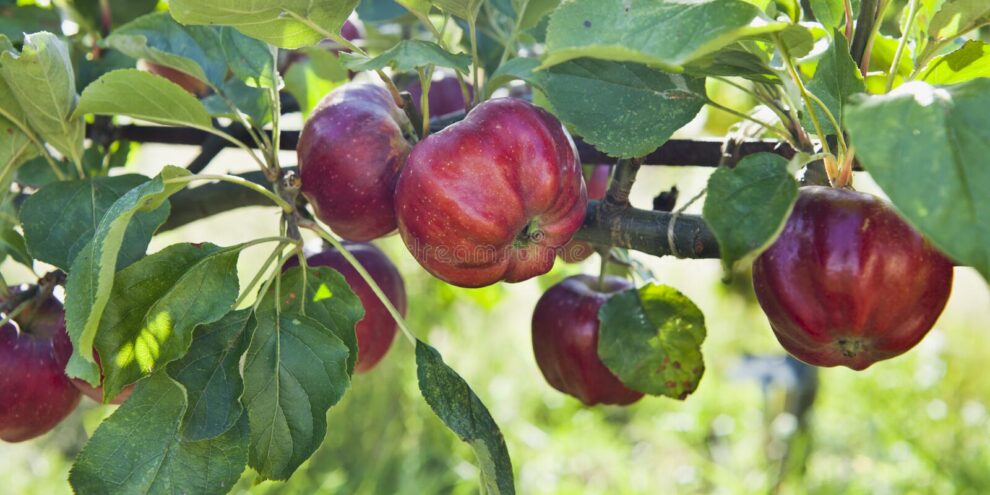The following information can be used in collaboration with this PowerPoint to highlight the wide range of foods produced and harvested in Scotland.
What We Produce
A range of vegetables are grown in Scotland – some for human consumption and some for animal consumption.
We grow peas, beans, turnips/swedes, carrots, broccoli and onions. Vegetables require good quality soils to grow successfully with the best growing areas located on the east coast and on lower flatter ground.
We also grow fruit in Scotland – mainly soft fruits like strawberries and raspberries which are growing in polytunnels. The bees needed to pollinate these crops live in boxes in the polytunnels.
There is a commercial tomato farm in the Borders producing tomatoes indoors with heating for the glasshouse coming from the dairy cows on the farm. Find out more about the farm here.
As well as fruit and vegetables grown here, we also import a wide range of fruit and vegetables from around the globe. If you look at what we produce in the UK and compare this with the Eatwell Guide, we need to increase our vegetable production significantly to mirror the Guide.
The output value of soft fruit grew by £68m to £128m (an increase of 112%) over the decade to 2015; vegetables were up £48m to £116m (+72%).
Demographic and consumer trends create opportunities for market and product development and even to get Scottish and other UK consumers eating just one extra portion of vegetables a day would deliver significant economic and public health benefits (source).
Source: Scottish Agricultural Census 2019
How We Produce It
The majority of fruit and vegetables we grow in Scotland are grown conventionally. This means fertilisers and pesticides are used during crop production.
A small proportion of these crops are grown organically, where the grower is limited to the types of fertilisers and pesticides which can be used. Producers do not want to waste money or resource and many farmers now use precision technology.
This means in the case of fertilisers, rather than putting the same amount of fertiliser on all areas of the field, they put more in the areas where it is needed. This can be done through testing the soil to work out where the nutrients are. Some of the technology used is very advanced, and is co-ordinated through computers and GPS technology.
When Fruit and Vegetables are in Season
All the fresh produce produced in Scotland has a time of year when it is harvested, fresh and best to eat – this is called seasonality. For example, strawberries are in season from May to September. The exact timings of when foods are in season vary from year to year.
Role in the Diet
Fruit and vegetables are important sources of vitamins like vitamin c and we should aim to eat at least 5 portions of a variety of fruit and vegetables every day.
Sustainability
Producing fruit and vegetables can be sustainable – the sustainability of the system links to how the fruit and vegetables are grown. Generally the more inputs which are used to produce the fruit and vegetables the lower the sustainability of the system.
Sustainability can be improved in both conventional and organic systems through targeting inputs like sprays to minimise use and losses.
- Increasing amounts of plastic (and starch based plastic alternatives) are utilised in fruit and vegetable production either as polytunnels and or plastic sheeting to warm up the ground/reduce weed problems.
- In fruit production, bees are required for pollination and are brought in each year to ensure fruit set.
Fruit and vegetables are perishable and waste can be an issue particularly in very wet years when crop is damaged and/or can’t be harvested.
The UK imports large volumes of fruit and vegetables from water-scarce countries notably Spain and South Africa (Exploring the resilience of the UK food system in a global context, Global Food Security 2019). Fruit and vegetables contain water and when these are transported there is a ‘virtual water trade’ (source). This vitual water trade means that countries exporting fruit and vegetables to Scotland are effectively sending us water which is often in scarce supply. Eating local Scottish fruit and vegetables where possible helps as the wetter climate means limited irrigation.
Source: RHET











